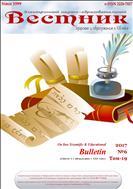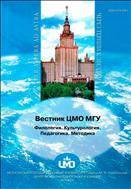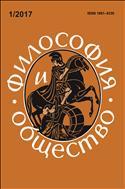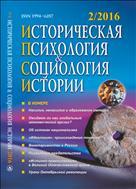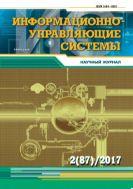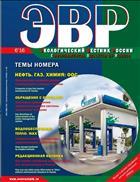State of spring phytoplankton and quality of the Kenozero waters in 2018State of spring phytoplankton and quality of the Kenozero waters in 2018 
Phytoplankton constitutes a key part of all aquatic ecosystems. It produces organic matter, thus forming the first level of food chains in water bodies. In addition, phytoplankton plays a major role in the water quality formation. The studies of algocoenosis always remain relevant, since the obtained data provides important information on the ecological status of water bodies. This information can subsequently be used for planning and implementing environmental measures, which are particularly significant for water bodies located in specially protected areas. National parks existing for the purposes of nature preservation, education and research are also designed for tourism, which makes their ecosystems more vulnerable. Population residing in such territories and its economic activity may also carry some environmental risks, which necessitates regular complex observations. This paper covers the state of spring phytoplankton community of Lake Kenozero in 2018, its qualitative and quantitative characteristics (species composition, abundance and biomass). In the course of research, we identified 70 phytoplankton taxa belonging to seven divisions: Bacillariophyta, Dinophyta, Chlorophyta, Cyanophyta, Chrysophyta, Xanthophyta and Euglenophyta. The dominant species complex included diatoms (Asterionella formosa, Melosira granulata, Tabellaria fenestrata), representatives of Dinophyta (Gymnodinium sp.), as well as small euglenoids. Species diversity was estimated using the Shannon-Weaver index. Aquatic environment contamination was assessed, i.e. the saprobity index was calculated and the class of surface water quality was determined. According to the water quality classification of water bodies and watercourses by hydrobiological indicators, Lake Kenozero was assigned the second class of water quality (moderately polluted). |
|
18.08.2025Все новости Стартовала подписная кампания на 2026 годОткрыта подписка на 2026-й год на сайте Пресса по подписке |
ПОДПИСКА НА ЖУРНАЛЫ И ГАЗЕТЫ ON-LINE1
Мы используем cookie. Это позволяет нам анализировать взаимодействие посетителей с сайтом и делать его лучше. Продолжая пользоваться сайтом, вы соглашаетесь с использованием файлов cookie.
Подробнее можно ознакомиться на странице политики конфиденциальности и политики обработки персональных данных.
© 2005-2023 Агентство «Книга-Сервис»
107996 Москва
Протопоповский пер. 19, стр.12
E-mail: public@akc.ru









